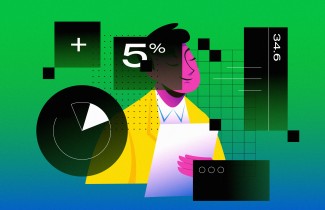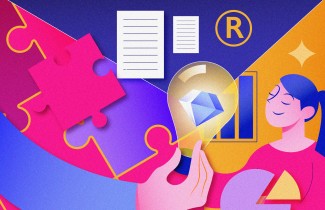Megatrends in Education: Microlearning and Edutainment
Teachers become actors and television presenters, without losing sight of their educational focus
After decades of stagnation, innovation (and evolution) is already a reality in the educational system. New teaching-learning methods are here to stay. The wait was long, but thanks to educational technologies, educators can deliver content to new generations of students (now suitably named apprentices or learners) in highly creative and entertaining ways, developing their competencies and triggering learning in a fun way. Two megatrends have been identified in education that contribute to the teaching-learning process: microlearning and educational entertainment. Both concepts can motivate and inspire learners to delve into what is known as macrolearning.
What is learning? Acquiring knowledge, skills, attitudes, values, and behaviors. What is teaching? Communicating knowledge, ideas, experiences, skills or habits to a person who does not have them. But, nowadays, communicating is not enough. We also need to make sure that the skills, attitudes, and values that learners expect are developed.
Since Socrates, teaching-learning techniques have been observed with his famous Socratic method based on kindling curiosity. And it is still used today. Even though the definitions and essence of the teaching-learning processes remain intact, both teaching and learning methods have diversified. In my many years as a teacher, I have seen and applied numerous very useful teaching techniques that Socrates did not employ, such as the case method, problem-based learning, project-based learning, simulators, flipped classroom, experience-based learning, and the millenary “lecture”.
Despite belonging to the old guard of teachers, keeping up with the current megatrends in education is essential. Just as a reminder: a megatrend is a pattern that emerges from the macroenvironment and influences the way we behave and even how we consume products and services. Have you noticed how the younger generations consume short videos on platforms such as Tik-Tok, Instagram, or YouTube? When we teach a class, there are many distractions for students on their mobile phone or computer. We teachers are competing against these distractions. Many teachers quite rightly forbid their use in class. But, I wonder, how can we make the class interesting enough for students to engage naturally with the material being discussed?
If we look at these megatrends and internalize them, we can use them to our advantage. How? If a student pays attention to a short video just for entertainment, a teacher can design, in the same way, short, entertaining didactic material. If we want to explain a concept briefly, with a great deal of ingenuity and creativity we can produce content in a fun way, just like a short Tik Tok, Instagram or YouTube video.
This didactic strategy pursues microlearning in an entertaining way (educational entertainment). For example, imagine that I want to explain the concept of innovation to my students. In a very economical way, using only the available resources, I can produce a highly entertaining cartoon that explains the concept, simply using the free tools offered by the internet. The idea is to awaken learners’ curiosity, thereby sparking their interest in macrolearning, in other words, in delving into the subject.
I was recently invited to create a program that develops management competencies. I had to prepare 24 courses on leadership, entrepreneurship, technologies, and strategy using the concepts of microlearning and education. It was quite a challenge! I encouraged the teachers to design very specific and, at the same time, entertaining content, but without neglecting the pedagogy that guarantees learning.
The teachers became actors and television presenters without losing sight of their educational focus. They had to unlearn and learn an innovative way of teaching and ensure that the learners would learn and acquire the competencies they need. They used studios with videographers, green screens, lights, and professional microphones. They designed fun games on a technological platform to promote learning. Everything was online and asynchronous, so the content can be learned from a mobile phone, tablet, or computer! I would never have imagined this 28 years ago when I set out on this adventure in education.
The future of education is fascinating. It is already here! Those who continue to use only chalk and blackboard to teach classes are already obsolete. It is imperative that education continue to transform in order to prepare people better and, consequently, build a better country. The role of the educator will also transform into that of a designer, an actor, a content curator, but without losing sight of the example set by the great Socrates.
Fernando A. Moya Dávila is director of the Entrepreneurship and Innovation Department and academic leader of the executive program MGMT Business Skills at EGADE Business School.
Article orginally published in Forbes.



